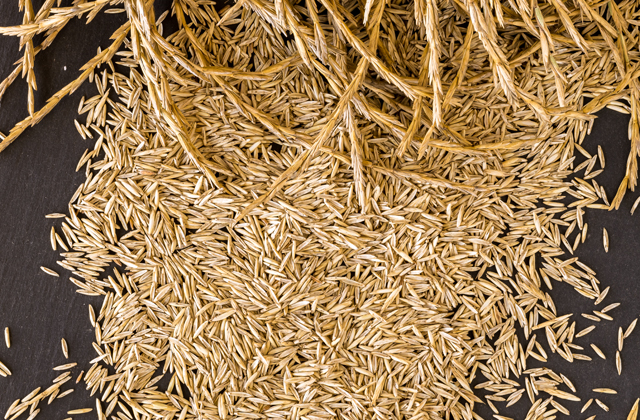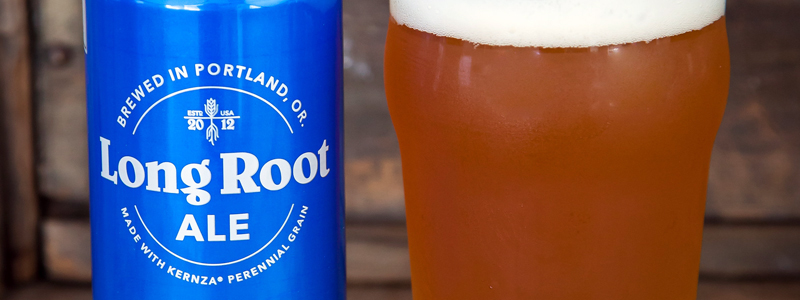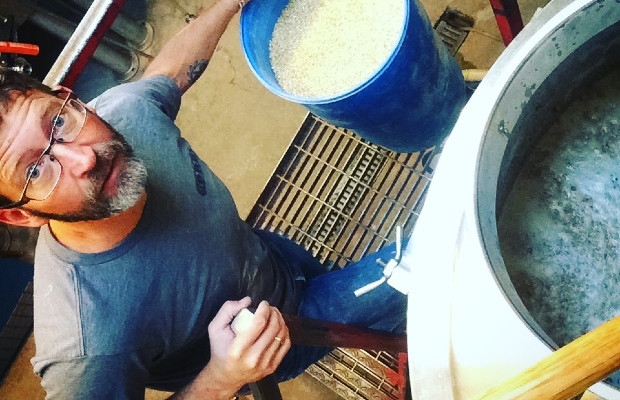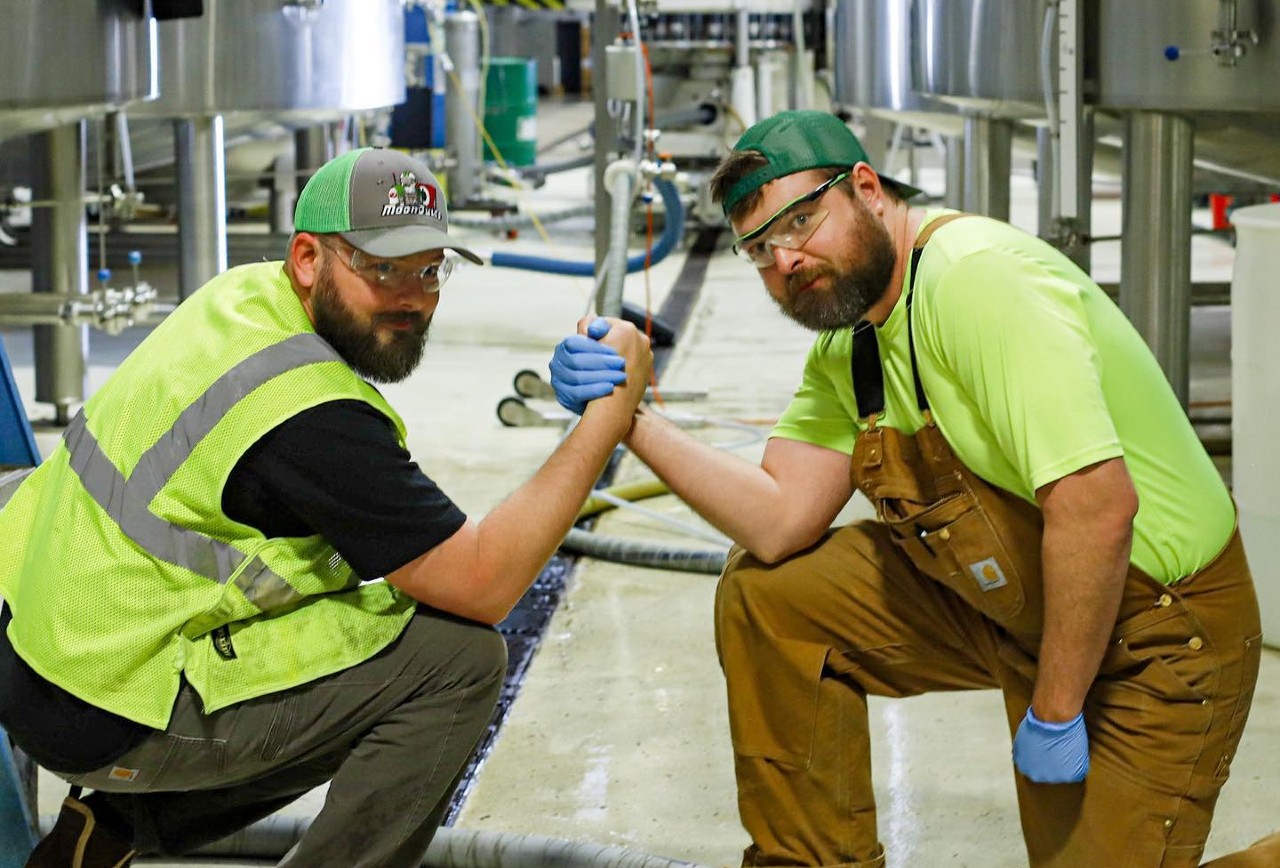
The possibility of more brewers using a perennial grain that has huge sustainable benefits and great flavor characteristics is a notion that puts a smile on the collective faces at Hopworks Urban Brewery (HUB).
The Portland, Oregon brewery has created “Long Root” Pale Ale made with a new wheat variety called Kernza and the crop is connected to work from the Genome Sequencing Center at the HudsonAlpha Institute for Biotechnology in Huntsville, Alabama.
The center is working with The Land Institute in Salina, Kansas to sequence the Kernza genome and apply genomics to improve grain yields for the plant.
The new beer is made with 15 percent Kernza and is marketed by outdoor adventure company Patagonia Provisions of Sausalito, California. It tabbed HUB to work with with grain.
“I was shopping in a grocery store when I received the initial phone call from Patagonia,” said Hopworks Brewmaster Christian Ettinger. “It was a surreal moment because it was hard to believe that a company that I look up to as a business owner had just dialed my number and asked to make a beer with Hopworks. That week we met up and our team learned about Kernza for the first time.”
Kernza is a sustainable perennial wheatgrass, which means its fields don’t have to be cleared and replanted after every harvest.
Hopworks thinks Kernza opens a new frontier for exploring new flavors in beer while promising a better environmental bottom line.
“Our goal at Hopworks is to make world-class beer as sustainably as possible,” Ettinger said. “We do this through local, organic, and Salmon-Safe sourcing of ingredients. Kernza offers numerous sustainable benefits, and it’s never been used in beer, so this was fun for the brewery.”
Patagonia worked with The Land Institute to get production-ready Kernza to Hopworks. Ettinger said it created about five test batches, honing in the recipe on its 20-barrel system over the course of six months.
The experiments were tapped at HUB pubs under a different name and patrons were big fans of the beer, Ettinger said.
“Kernza is a smaller grain than we normally work with so we had to streamline a new process for milling it,” he explained. “In each new batch we experimented with different percentages of Kernza, different types of hops, and varying quantities of hops. We settled on making a Pale Ale and are very pleased with the slight haze and the nutty, slightly spicy flavor the Kernza imparts.”





1 Trackback / Pingback